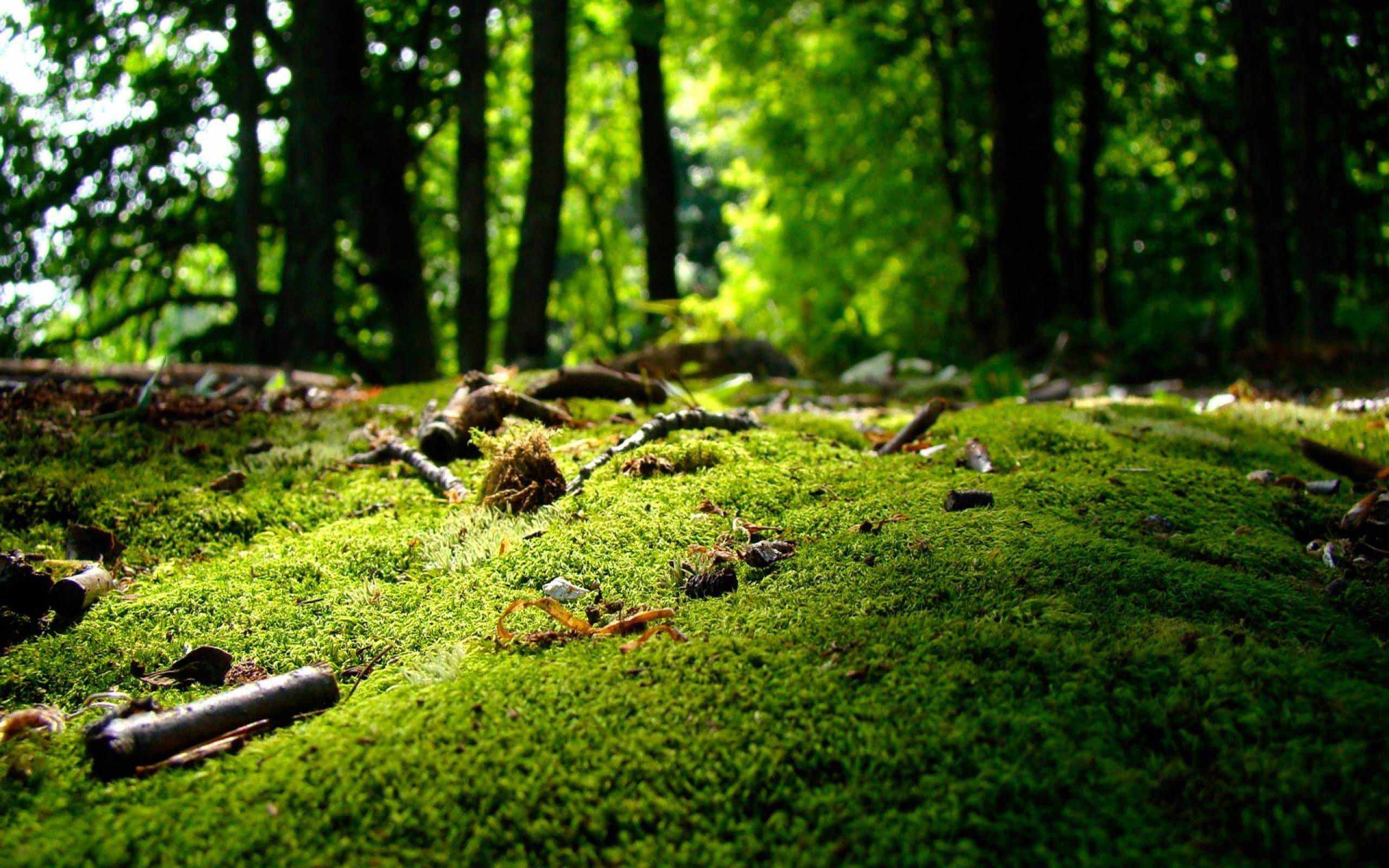Author:
Youssef Hazma
Short summary:
Last spring we started our cooperation with the local elementary school of St. Pölten, Otto Glöckel. Helping schools in developing an environmental curriculum through the Mobile Campus 4.0 has become our main focus. The ARK, our learning platform, has a crucial role in developing awareness and stewardship in the communities that we want to strengthen, schools included. In this article we try to explain why schools need the Mobile Campus 4.0. The last activities we facilitated for this project represent a good example of the advantages of outdoor learning and why it needs a digital dimension.

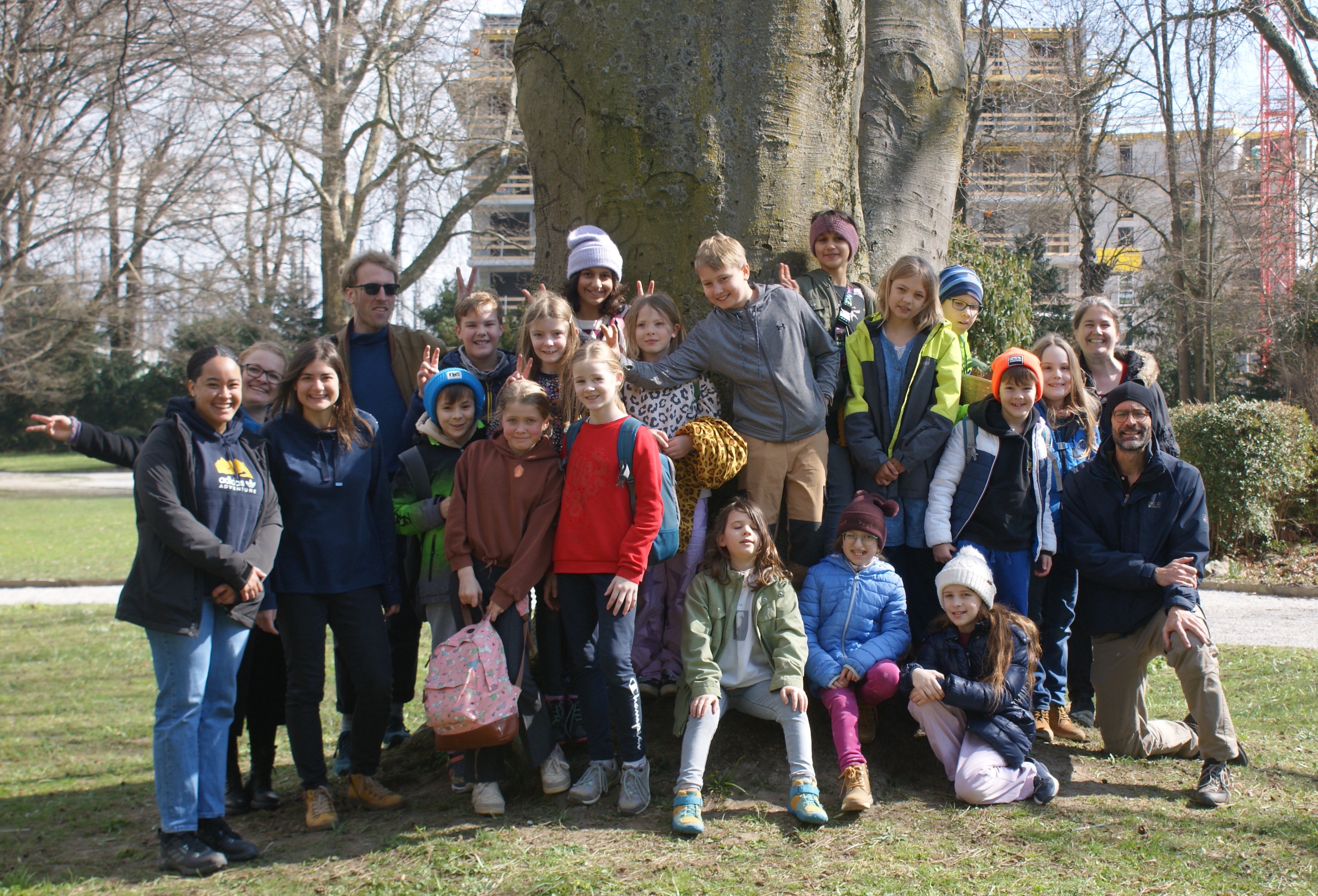
As Green Steps we focus our work on the intersection between environment, education, and IT. But what does it mean? We could say that we are trying to change and improve the way in which we learn by integrating the opportunities that Nature and IT offer. We believe that nature boosts learning and that introducing an environmental curriculum leads to more empathy for nature and protects it from abuse and degradation. Furthermore, we believe that in the era of the internet of things IT has the potential to build stewardship over nature as common good. In other words, we want to put the ecosystems surrounding us at the centre the learning experience to allow deeper connection with nature.
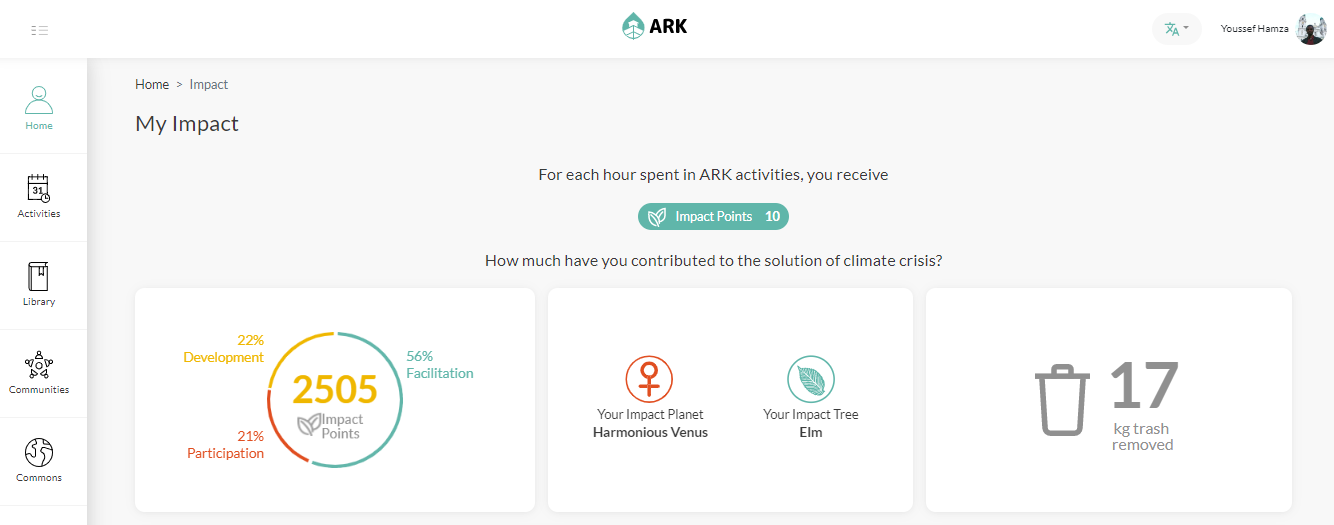
But how do we apply this theoretical concept to our local practical work? I was thinking about it one week ago, when we facilitated the two activities with Otto Glöckel elementary school We decided to collaborate with elementary schools because we are worried about the absence of an environmental curricula. Before explaining how to turn these principles into action let’s make a step back and reflect about this: why schools need to cooperate in such a project as the Mobile Campus 4.0? The three main reasons instantly popping up in my mind when I ask myself this question are the following: Nature Deficit Disorder, Climate crisis, and teachers’ training.
Richard Louv reported in his work, Last Child in the Woods (2005), the several hardships hitting children in our century. NDD can be defined as the cost of spending not enough (or even none) time outdoors. Many studies link the lack of outdoor time to pathologies as depression and anxiety. However, the main finding of Louv lies in the fact that children are the population group that is hit the most by the effects of Nature Deficit Disorder. ADHD, obesity, and lack of concentration are just few of the effects of not spending enough time in nature. Schools needs the Mobile Campus 4.0 project because they need their classes to spend time outdoors and overcome the consequences of NDD.
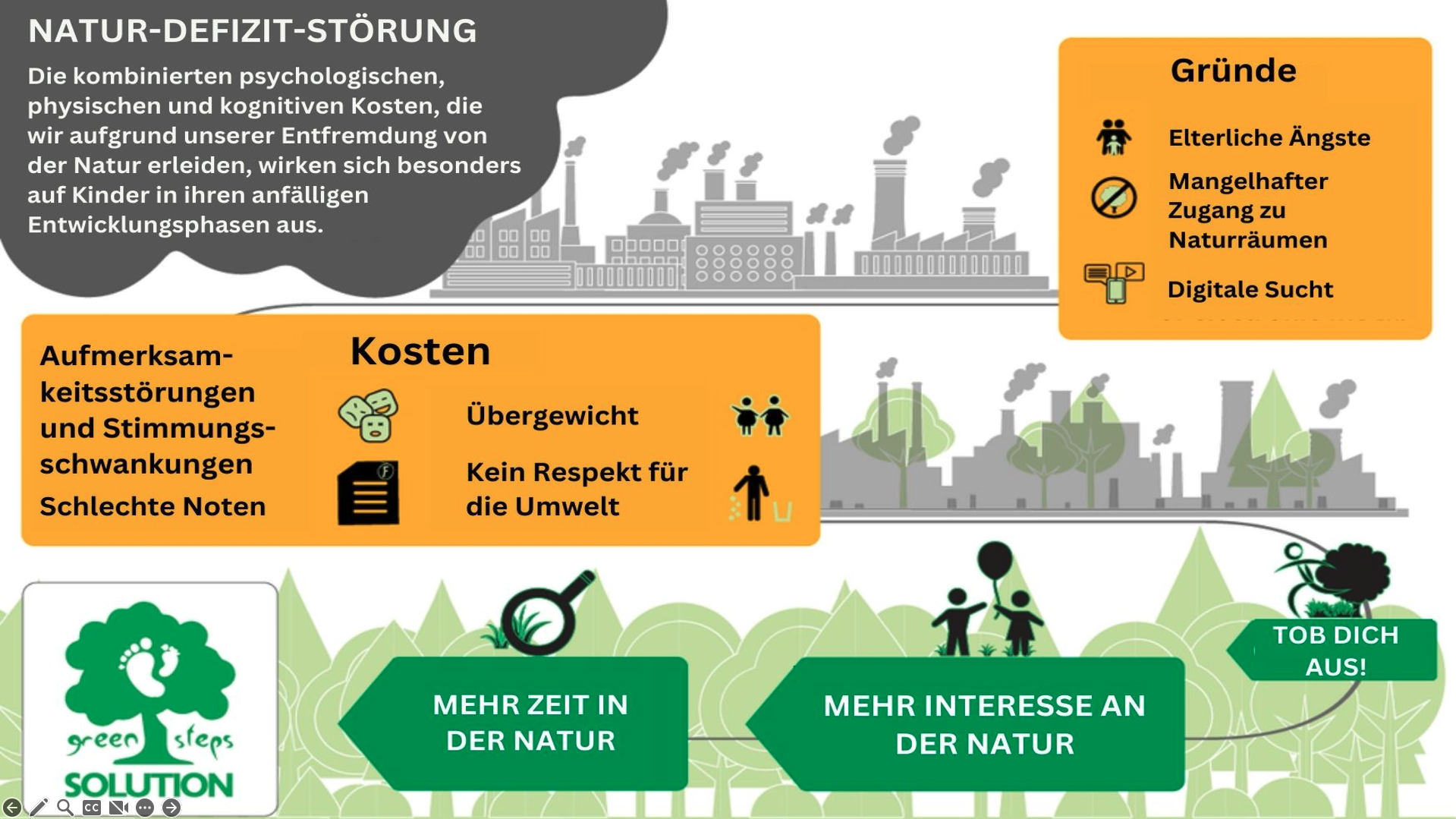
Secondly, the planet that hosts us is in danger and our actions as humans are the cause of this condition. Climate change and biodiversity loss are just the consequence of the way in which we and exploit natural resources. What we need urgently to change is the way in which we conceive the Planet. Hence, here’s the crucial role that education should have in this process. Schools need the Mobile Campus to educate a generation able to face, deal and avoid the devastating consequence that climate change will produce in the next 10, 20 years.
Furthermore, if children need to spend more time outdoors, then who is taking care of their learning experience should be also able to facilitate activities outdoors. One cannot expect children to learn from nature if there are not guided by someone that actually knows how and what can they learn from outdoors activities. Here lies the potential of one of the several functionalities that of ARK, our online platform. Indeed, one can find there a section fully dedicated to best practices: a rich catalogue of outdoors activities is available there. Furthermore, for every activity we published detailed facilitation notes. Everyone can contribute to enrich this open catalogue: the underlying idea is to allow people to share their knowledge and to benefit from another users’ knowledge. Schools need this cooperation to support their staff in becoming proficient Nature Guides.
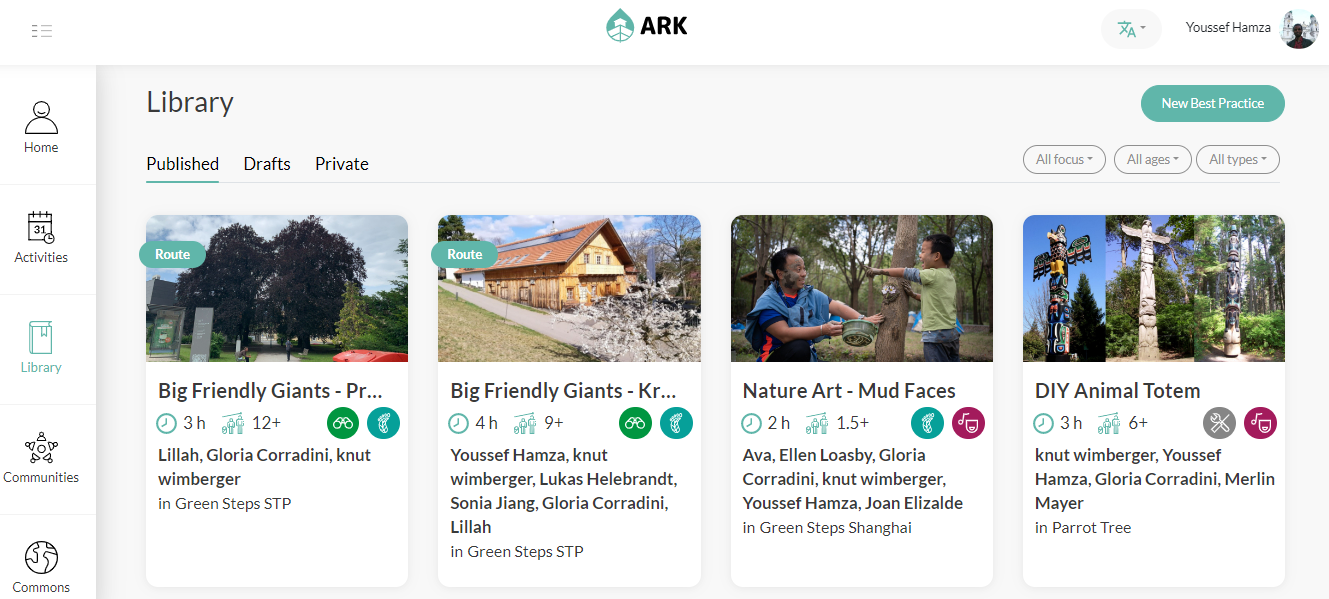
We know why this project is impactful and needed. But how can apply this to practical learning? How do you make children engage with nature? And how do you make them enjoy learning if they see school activities as boring? We found our answer in Montessori’s theory: the best way to reach this goal is gamifying learning. In other words, we should conceive learning as the side effect of children playing.
That’s what happened on the last event we facilitated for this project. Sparkassenpark is not a very wild location: it’s placed in the middle of the city, and it is surrounded by the city traffic and pollution. However, it has a quite rich biodiversity, making it a great spot to do environmental learning in St. Polten. When we were thinking about how to make a workshop about tree species attractive for children we had two main concerns in mind: how to make this a game and how to keep children focused on a common learning goal? We realized that the best way to maintain the focus would have been to build a strong storytelling ground for the activity.
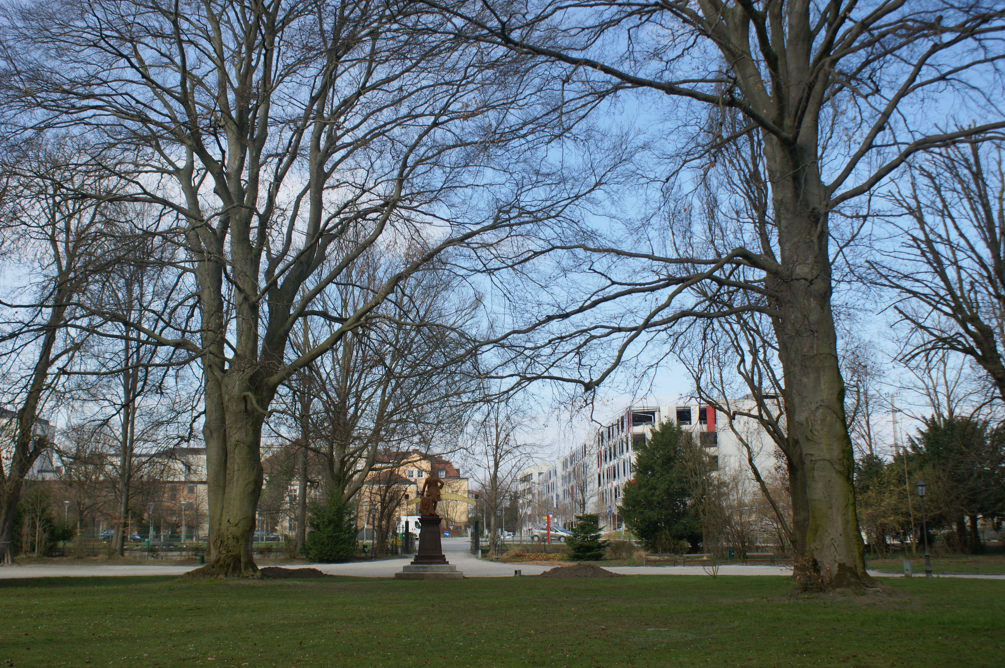
Then we put together our ropes, prepared our cloth patches and assessed the location. Children became the explorers of the area with specific roles and tasks on the day after. Indeed, each of the involved school class were sorted in four groups and invited to our challenge and each of them would have had a specific role and a specific task. Each group was based on the cooperative dynamics of four figures working together to reach the same goal: recognize, measure, describe and decorate all the trees selected for the activity.

The writers and the scientists were the learning core of the group. They first were assigned to the task of noting all the relevant information of the tree species discovered by the group. The latter were challenged in recognizing each species through the bark colour and shape with the support of our concept ID cards.
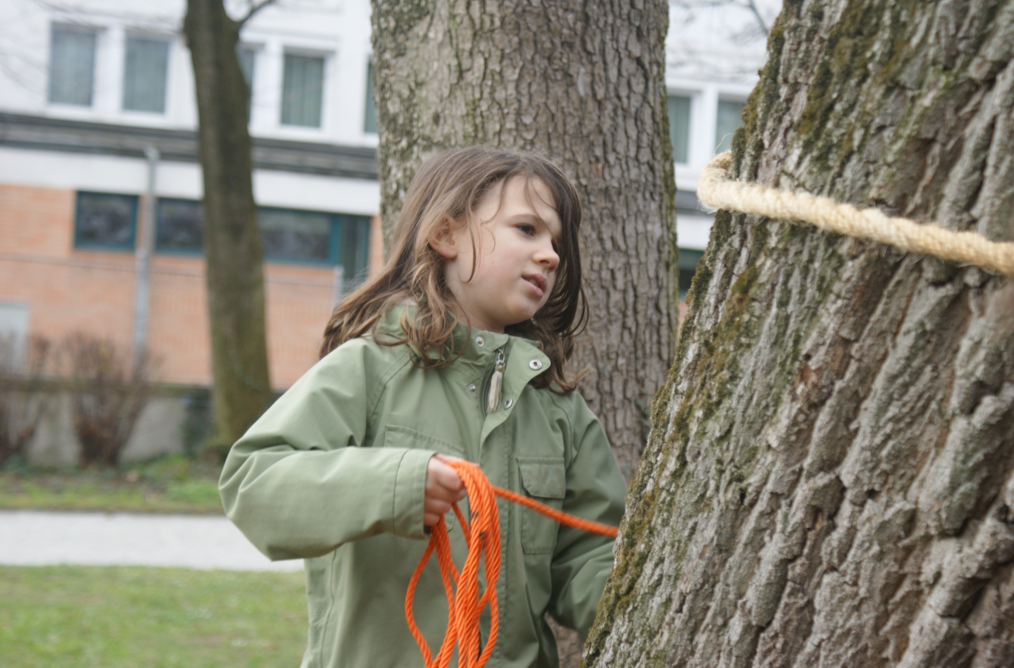
The technicians and the collectors were instead the right arm of their group. Each technician was given a rope to measure the girth of the specimens of the park. The role of the collector consisted in decorating each tree with our cloth patches and looking for tree elements (i.e. bark pieces, leaves, cones, etc..)
Every group needed the effort of every member, and every task needed the active interaction of the group members. The scientists needed the writers to register their findings. The writers needed the information collected by the technician. The collectors usually needed to support the technicians in measuring trees’ girths. However, the most cooperative element of the activity was the Kami quest. Indeed, the legend says that a tree spirit protects each of the specimens. Part of the game was to give a context and a name for each Kami. Here the creativity of each group was challenged, and it was really fun to see how every child contributed to this storytelling.
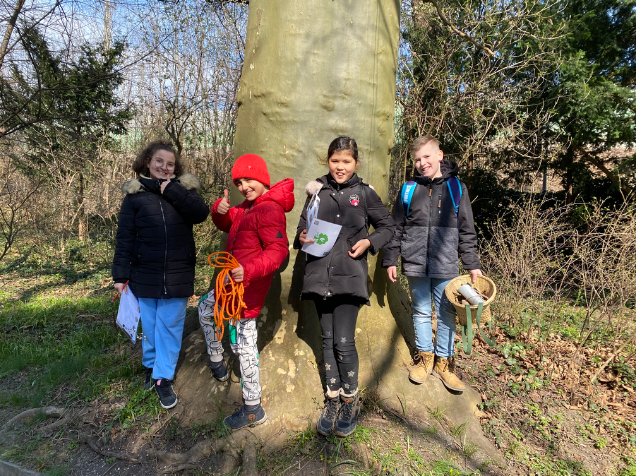
Which were the main takeaways of these classes after the event? Asking ourselves this question is a good exercise to reflect about how our way of learning can fulfil the general goals described above. The point here is the following: how did this event help in fighting NDD, shape a new concept of nature in the participants and inspire their teachers to go out more often?
The children spent three hours doing something that every child desperately needs: moving, running and playing. Secondly, this activity allowed them to learn something that they would forget less easily than usually because all the information they stored were inserted in the context of an exciting story. Our nature guides provided insights on the role of each tree species in our ecosystem. Naming the tree spirits and getting in sensorial contact with trees made kids empathize with them. Last but not least, teachers were active participants of the activity. They were briefed before the activity and were informed about their role in the activity. Guiding with us this activity can be considered a form of outdoor teaching training in which also teachers had to go out for their comfort zone.
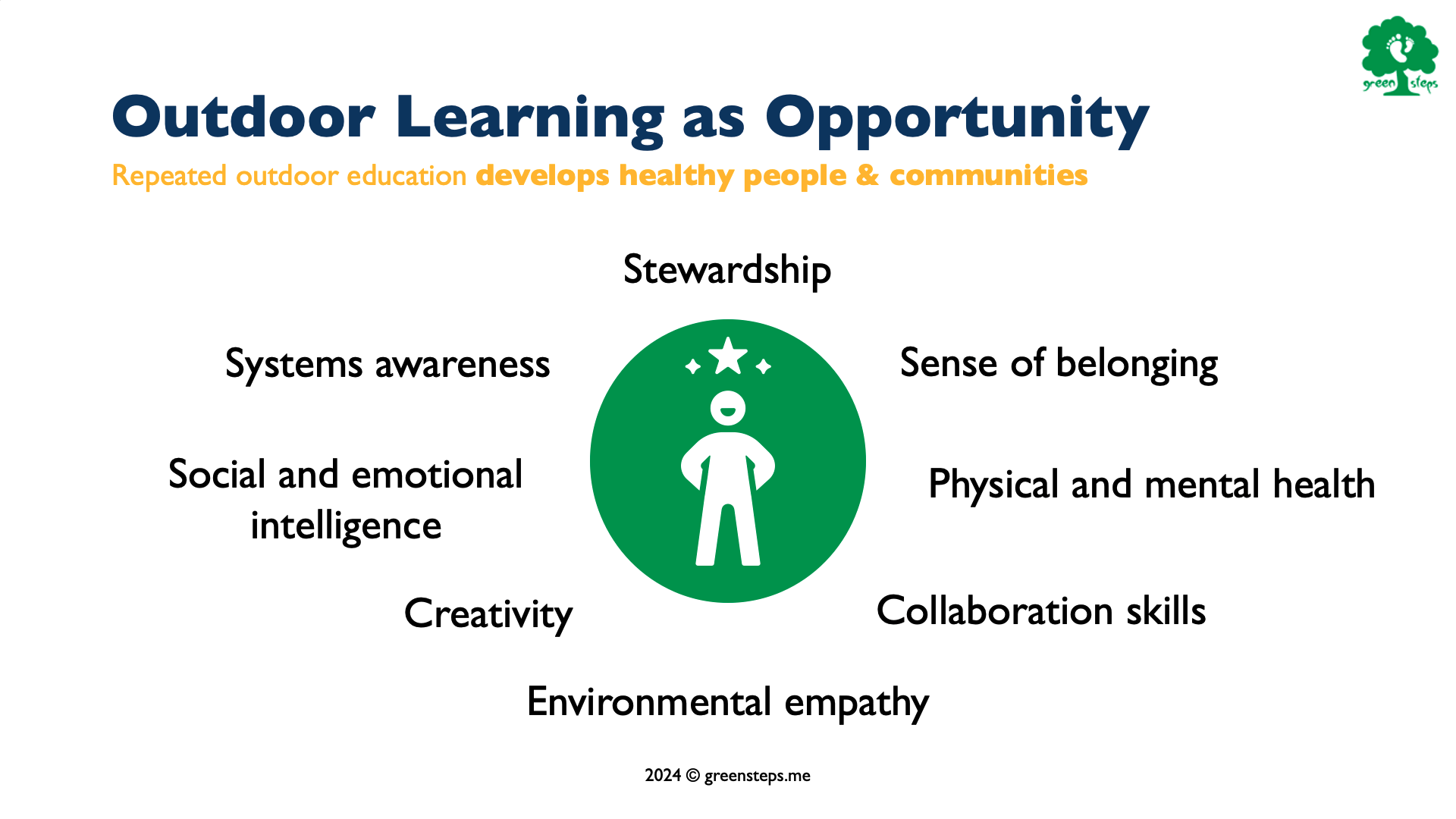
Otto Glöckel primary is one of our official partners for 2023 and several further activities are waiting to be experienced in this cooperation. We believe that the Mobile Campus 4.0 can help schools a lot in enriching their curricula. Structured learning about nature in a gamified manner is now possible with the help our the Green Steps ARK. It is a solution to multiple problems of our era, and we hope more and more people realise this and join the crew.
Further readings and material:
https://www.greensteps.me/library/nature-deficit-disorder--a-secondary-symptom-of-lockdown.php
https://www.greensteps.me/library/unlocking-human-potential-through-play.php
https://ark.greensteps.me/library
https://www.changex.org/at/project/big-friendly-giants
https://www.instagram.com/reel/Cp4lzMjtOlT/?utm_source=ig_web_copy_link




